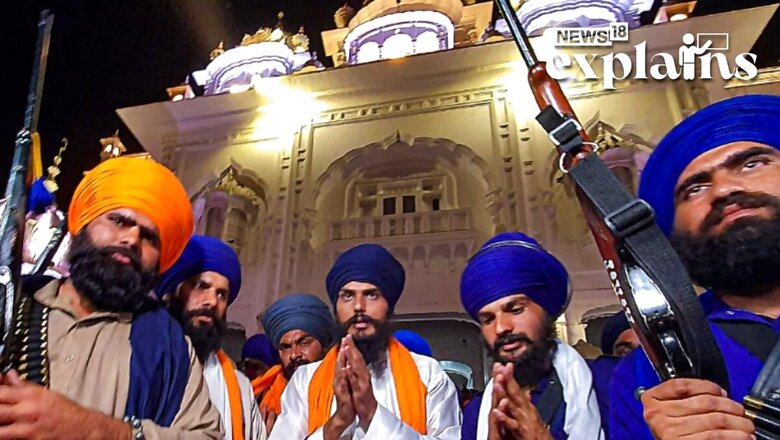
views
Pro-Khalistan organisations in the United States (US), United Kingdom (UK), and Canada have planned violent rallies, primarily targeting Indian high commissions and embassies, to show solidarity with Amritpal Singh and urge that he not be jailed, sources told News18. Read the full story here
The development comes in the wake of a major crackdown started by police on Saturday against Amritpal and members of his outfit ‘Waris Punjab De’. The elusive preacher, however, gave police the slip and escaped their dragnet when his cavalcade was intercepted in Jalandhar district.
Police on Sunday had conducted flag marches and searches across Punjab, arresting 34 more supporters and shifting four men in custody to a jail in far-off Assam. During the ongoing crackdown operations against elements of Amritpal-led ‘Waris Punjab De’ and persons attempting to disturb peace and harmony in the state, the state police has so far arrested 112 people.
Amid the rapid developments, let’s take a look at what all these terms mean:
Amritpal Singh?
Donning a flowing white chola and a navy blue turban and often escorted by armed supporters, radical preacher and Khalistan sympathiser Amritpal Singh has been quite active in Punjab for some time. Read more on this here
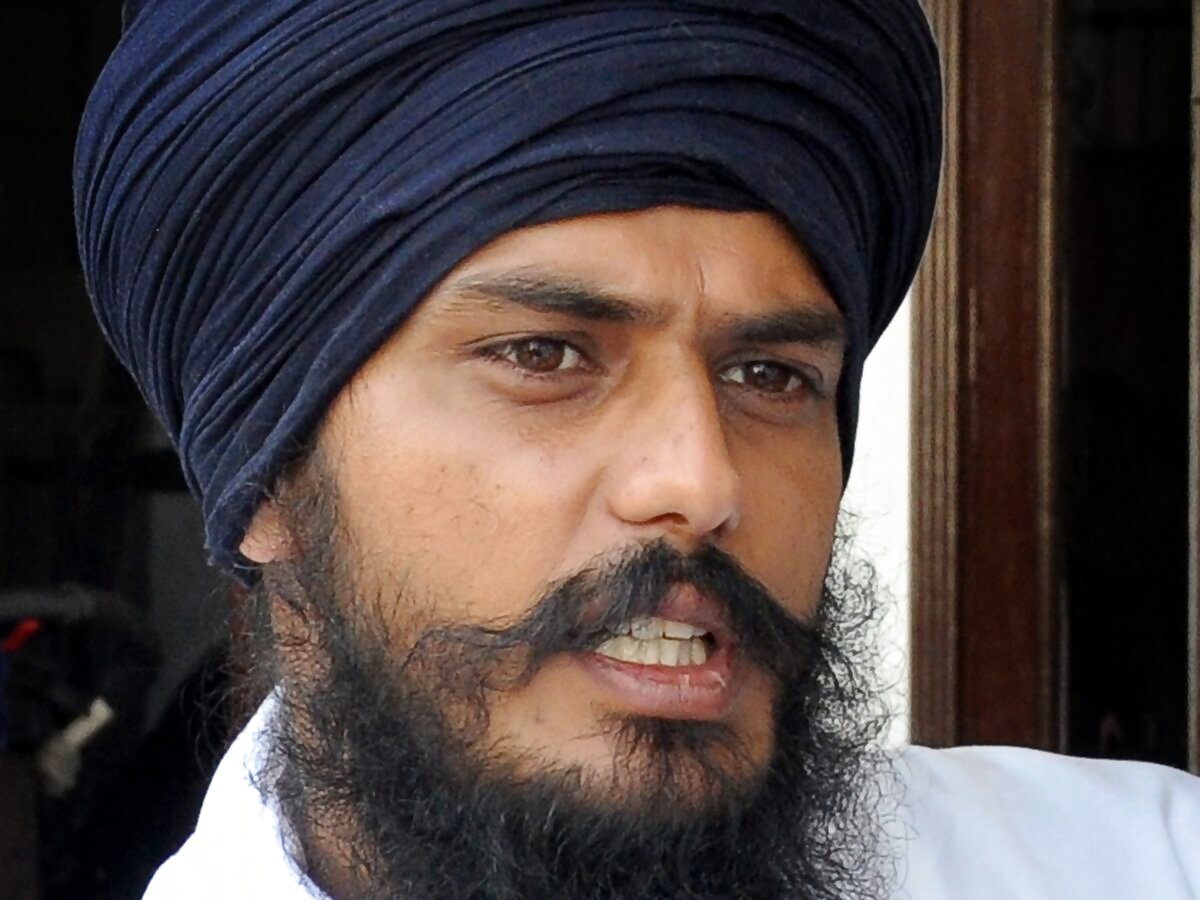
In 1993, he was born in Amritsar’s Jallupur Khera hamlet. He completed Class 12 and then left India in 2012 to work for his uncle’s transport company in Dubai, according to Times of India. He was appointed the head of Waris Punjab De, an organisation formed by actor-turned-activist Deep Sidhu, only six months ago, bringing him to the attention of Punjab’s lawmakers and police.
Amritpal and his friends believe Sidhu was murdered by the ‘state’ when he died in a car accident in February 2022.
As per the report, Amritpal never actually met Sidhu in person, but he thinks their online exchanges had a big influence on him. When others criticised Deep Sidhu for the Red Fort protests on Republic Day 2021 amid the farmers’ struggle, Amritpal stood by him. Amritpal claimed on the one anniversary of Sidhu’s death a week ago that he had stopped trimming his hair on the late actor’s advise in November 2021. He became a ‘Amritdhari Sikh’ on September 25, last year, after undergoing a formal Sikh baptism at Anandpur Sahib.
Just four days later, on September 29, Times of India reports, with massive crowds gathered to see Amritpal’s ‘dastar bandi’ (turban-tying ritual to show the acceptance of responsibility) at Rode village, the birthplace of Jarnail Singh Bhindranwale, whose name is inextricably linked to Punjab militancy. Amritpal has gone from a clean-shaven transporter in Dubai to a separatist Sikh leader with a flowing beard. He dressed like Bhindranwale, and others are referring to him as Bhindranwale 2.0.
In a recent address, he stated that when he arrived at Amritsar airport, he was questioned by “agencies” for quite some time. He went on to say that questioning a Sikh teenager about returning to his homeland is a symptom of ‘ghulami’ (slavery).
He has been promoting Khalistan’s cause on Facebook for quite some time. He questioned why it is wrong for a Sikh to advocate Khalistan while advocating for a Hindu Rashtra is not penalised. Amritpal told a Punjabi news channel that the Bargari sacrilege and Behbal Kalan police shooting in 2015 drew him to Sikh activism.
What is Waris Punjab De?
WPD was founded by Pollywood actor-turned-activist Deep Sidhu, a supporter of Simranjit Singh Mann, who died in a road accident in Haryana earlier while driving to Punjab from Delhi along with his Indian-origin American girlfriend Reena Rai.
Sidhu laid the foundation of ‘Waris Punjab De’ in Chandigarh eight months after the Republic Day incident, said a report by Free Press Journal. During his launch event, he stated that the organisation would “fight for Punjab’s rights against the Centre and raise voice anytime there is any attack on Punjab’s culture, language, social fabric, and rights.”
Soon after establishing his organisation, Sidhu expressed his support for Simranjit Singh Mann’s extremist pro-Khalistan party SAD (Amritsar) and campaigned for them ahead of the Punjab elections.
Sidhu, on the other hand, died in a car accident on February 15, 2022, just five days before the state elections. Simranjit Singh Mann has requested a judicial investigation into Sidhu’s death.
Once Amritpal Singh assumed control of ‘Waris Punjab De’, Sidhu’s family distanced themselves from Amritpal, claiming that he was never nominated as the leader of their son’s organisation.
What is the Khalistani Movement?
The Khalistan movement is a Sikh separatist movement that seeks to establish a sovereign state in the Punjab region called Khalistan (‘Land of the Khalsa’), according to reports.
The proposed state would be made up of land that currently forms Punjab, India and Punjab, Pakistan, with Lahore as its capital, and would be located in the past geographical region of Punjab, where the Khalsa Empire was once established.
Since the separatist movement gained traction in the 1980s, Khalistan’s territorial ambitions have included Chandigarh, sections of Indian Punjab, including the entirety of North India, and some parts of western India.
How It Started
Gur Gobind Singh’s declaration of the Khalsa in 1699, and the religio-political vision that accompanied it, fueled the Sikh imagination with the belief that it was their God-given right to rule Punjab, Britannica explains in its report on how the Khalistani movement started.
Sikh forces captured Sirhind, the most powerful Mughal administrative centre between Delhi and Lahore, in 1710, led by Band Singh Bahdur, and established a capital in nearby Mukhlispur (“City of the Purified”). They minted coins, created an official seal, and issued letters of command invoking God and the Gurs’ authority. At the time, the belief that “the Khalsas shall rule” was formally added to Sikh liturgical prayer, the report said.
Although the ‘Khalsa Raj’ under Band Singh was short-lived, the concept was realised in the early 19th century in the form of Maharaja Ranjit Singh’s kingdom (1780–1839). Though the Khalsa Raj’s subsequent rapid decline and eventual loss to the British (1849) was a painful experience, it did not extinguish many Sikhs’ hope that the Khalsa Raj would return in some form.
The concept of an independent Sikh state was prominent in the lengthy negotiations that preceded the partition of Punjab in 1947. The Sikh population’s numerical weakness in comparison to other residents of Punjab rendered this an unviable proposition, but it has reappeared in various forms since, the report explains.
For a decade in the 1970s and 1980s, a violent secessionist movement to create Khalistan paralysed the Punjab. And it reached its pinnacle in the late 1990s, after which the insurgency petered out and the movement failed to achieve its goal for a variety of reasons, including a heavy police crackdown on separatists, factional infighting, and disillusionment.
There is some support within India and among the Sikh diaspora, with annual protests in memory of those killed during Operation Blue Star.
Police in Punjab arrested several militant groups in early 2018. Former Punjab Chief Minister Amarinder Singh claimed that recent extremism is being supported by Pakistan’s Inter-Services Intelligence (ISI) and “Khalistani sympathisers” in Canada, Italy, and the United Kingdom.
What is Referendum 2020
The unofficial “referendum” is a voting exercise organised across several countries by the US-based Sikhs for Justice (SFJ) organisation, which was banned in India in 2019 for “espousing secessionism and militant activities”.
The referendum seeks to forge an agreement among Sikh communities to establish Khalistan, a separate homeland within India. It is generally proposed that this be accomplished by carving out the Indian state of Punjab, the country’s only Sikh-majority state. The campaign group says it would then approach the UN and other international human rights bodies with the demand to re-establish “Punjab as a nation state”.
The SFJ was founded in 2007 and is led by Gurpatwant Singh Pannun, a Panjab University law graduate who works as an attorney in the United States, according to a report by the Independent.
The group first announced in 2018 that it would hold an unofficial voting exercise, at the time dubbed “Referendum 2020”, across several countries with sizeable Sikh diasporas, with the aim to “liberate Punjab from Indian occupation”.
“The SFJ announced in its London Declaration [in August 2018] the first ever non-binding referendum among the global Sikh community on the question of secession from India and re-establishing Punjab as an independent country,” according to the SFJ website.
It stated that the referendum would be held in Punjab, as well as major cities in North America, Europe, Australia, New Zealand, Malaysia, the Philippines, Singapore, Kenya, and the Middle East.
According to Indian authorities in Punjab, SFJ and the “Referendum 2020” campaign are being promoted and funded in Pakistan in order to destabilise India. As evidence, intelligence agencies in India have stated that the SFJ website shares its domain with a website based in Karachi.
With inputs from agencies
Read all the Latest Explainers here











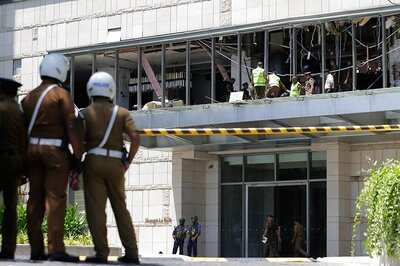
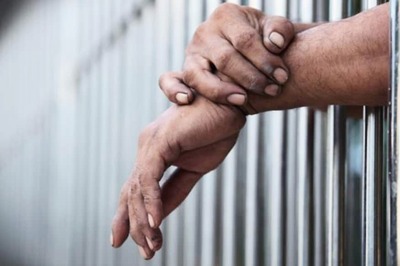




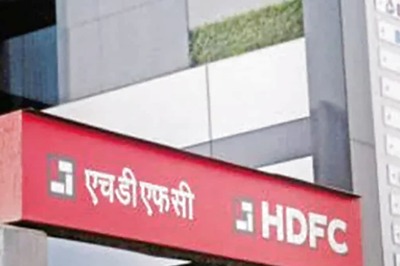
Comments
0 comment